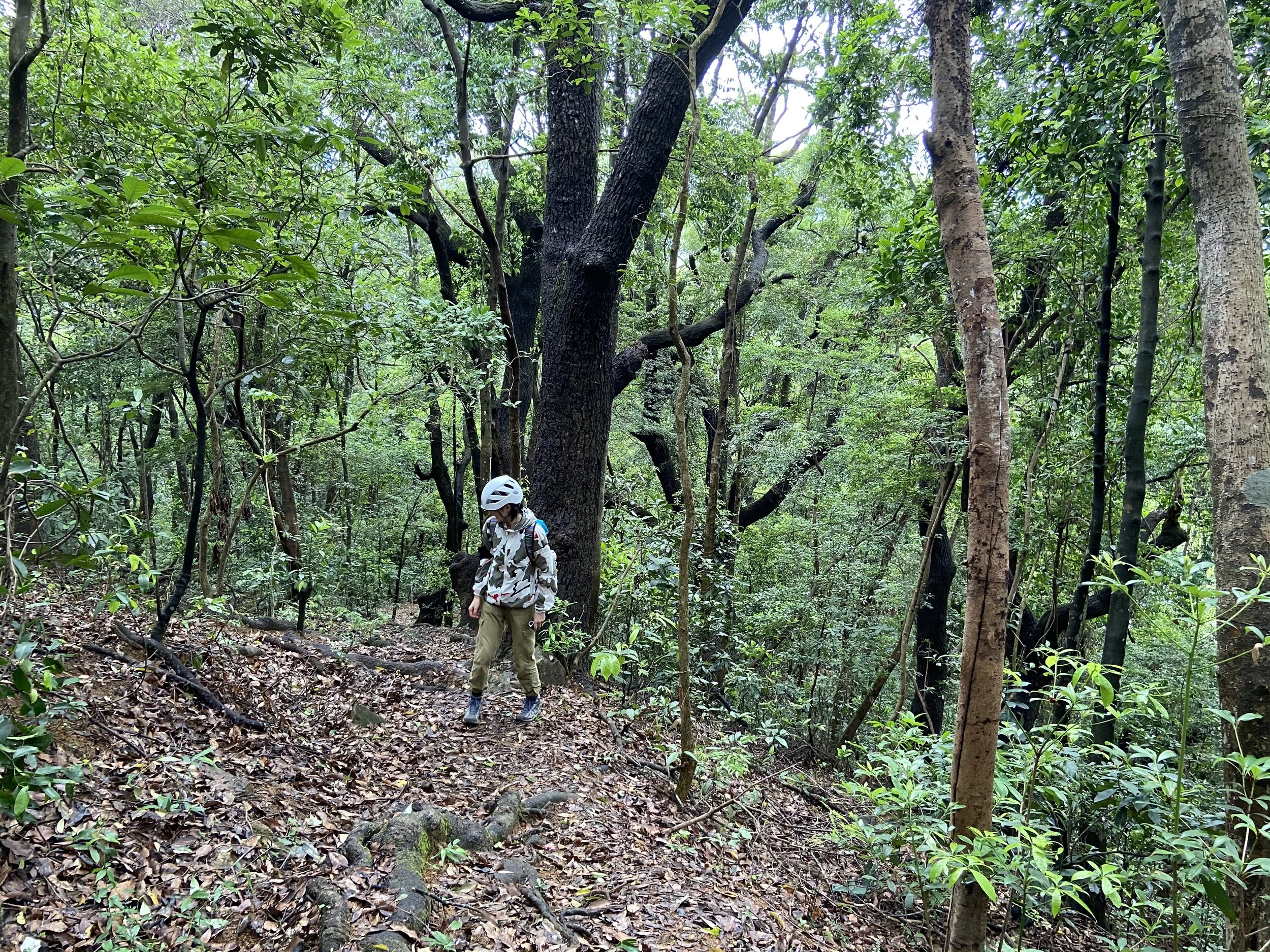


Soil biodiversity and ecosystem function in regenerating forest
Project summary
Beneath the surface of our terrestrial ecosystems lies a teeming microscopic community of soil organisms that play a pivotal, yet often overlooked, role in maintaining global biodiversity. These organisms, encompassing a vast array of microbes and invertebrates, serve as the primary agents of nutrient mineralization, decomposing organic matter into essential nutrients vital for the sustenance and growth of aboveground flora and fauna. Secondary forests, in particular, are paramount, as they not only harbor significant levels of biodiversity but also perform critical ecosystem services, including carbon sequestration and nutrient cycling.
Our research focuses on subtropical forest, where the interplay between soil biodiversity and forest regeneration processes is both complex and understudied. The process of forest regeneration in secondary forests presents a dynamic scenario where soil microbes and invertebrates are integral to the re-establishment of plant life. Our recent global synthesis has underscored the substantial impact of invertebrates in tropical and subtropical regions on the decomposition of forest litter. Despite this, subtropical ecosystems remain a relatively unexplored area of research, necessitating a more profound investigation into the mechanisms by which soil biodiversity in these regions contributes to the nutrient cycling capabilities of forest ecosystems.
As forests worldwide undergo the process of regeneration, our project seeks to compile crucial data elucidating the influence of soil biodiversity on litter decomposition and plant nitrogen acquisition. We will employ cutting-edge methods, including metabarcoding and stable isotope techniques, to perform this analysis. The insights garnered from this research extend beyond academic interest; they are fundamental to developing strategies for the conservation and enhancement of forest health and resilience.
